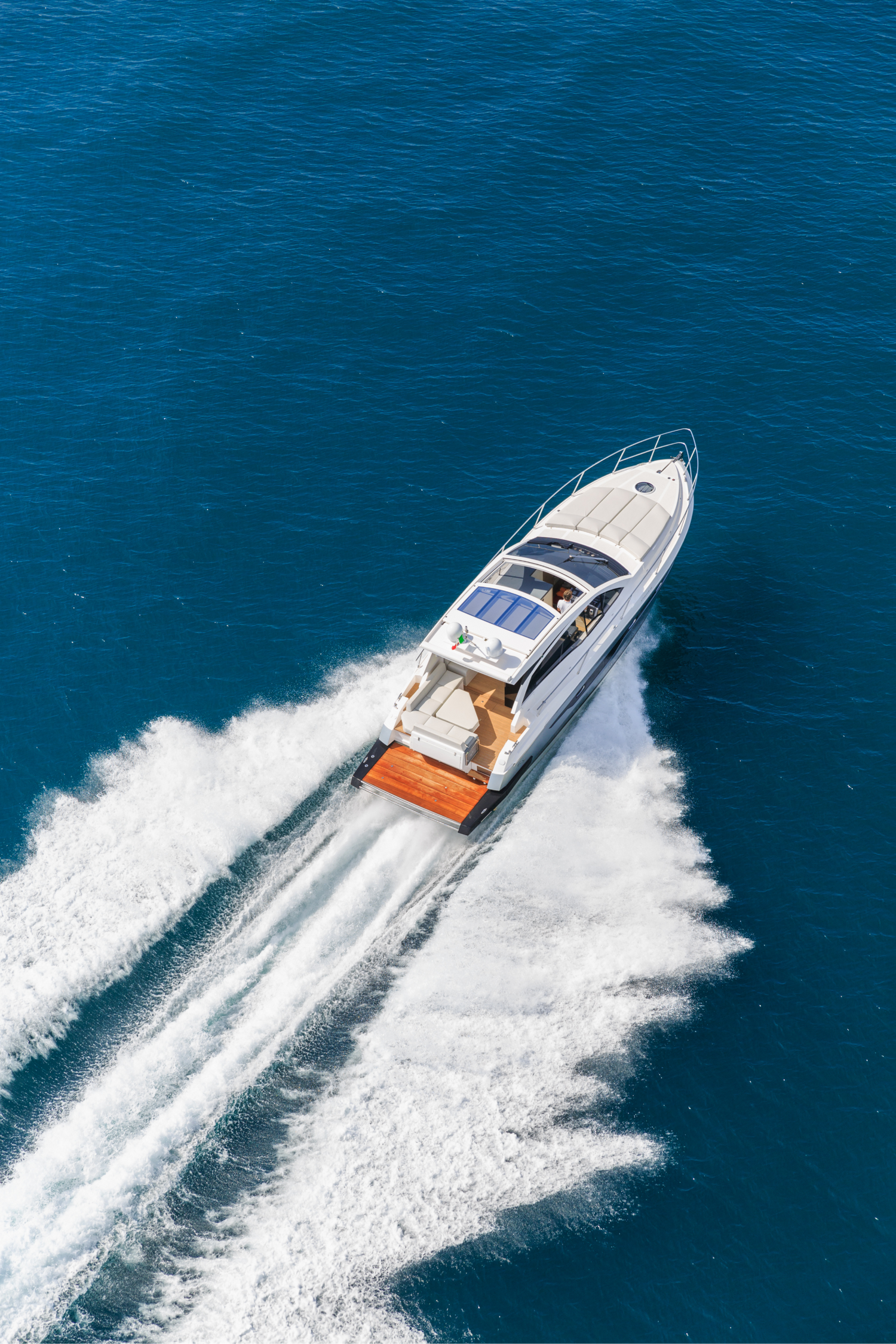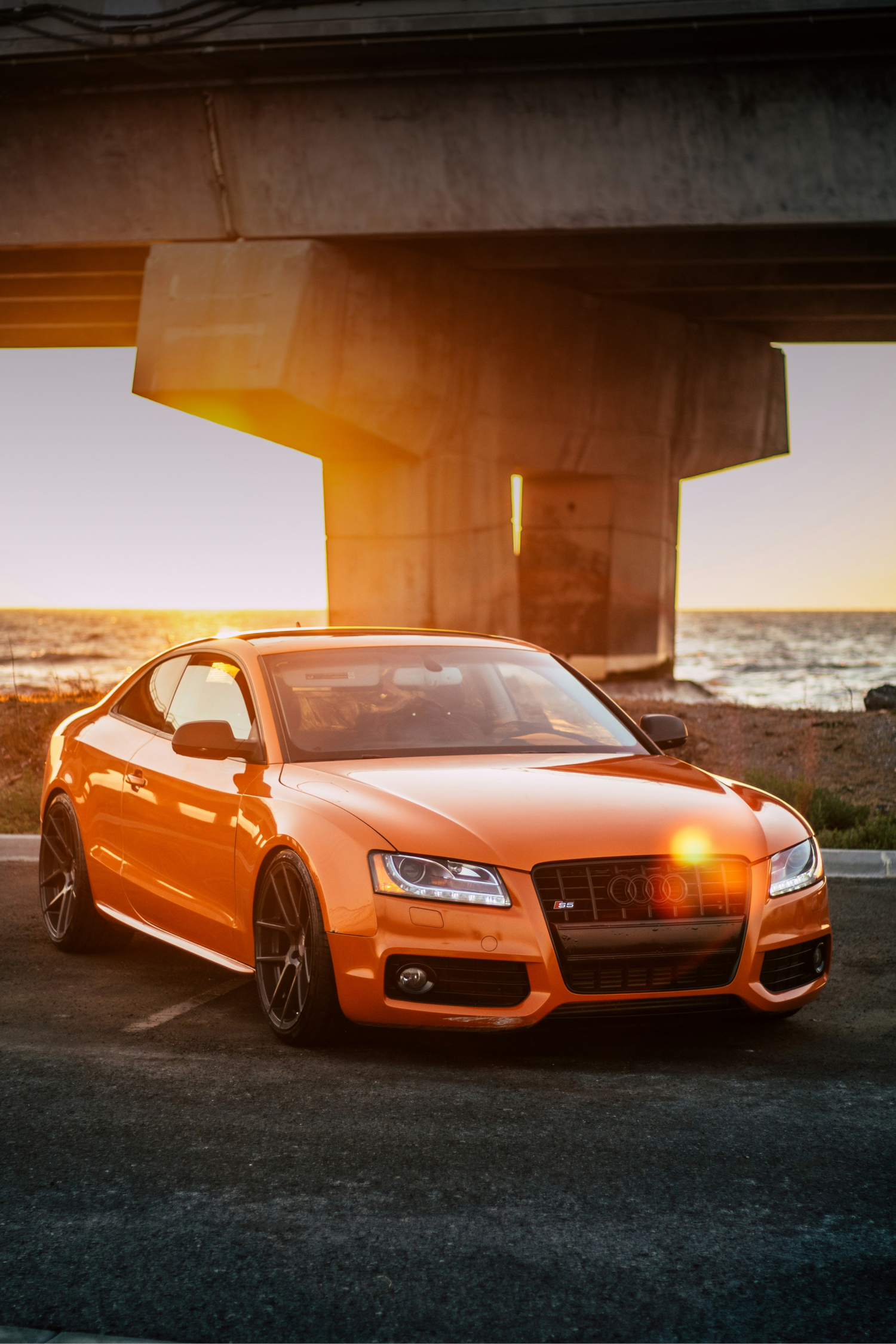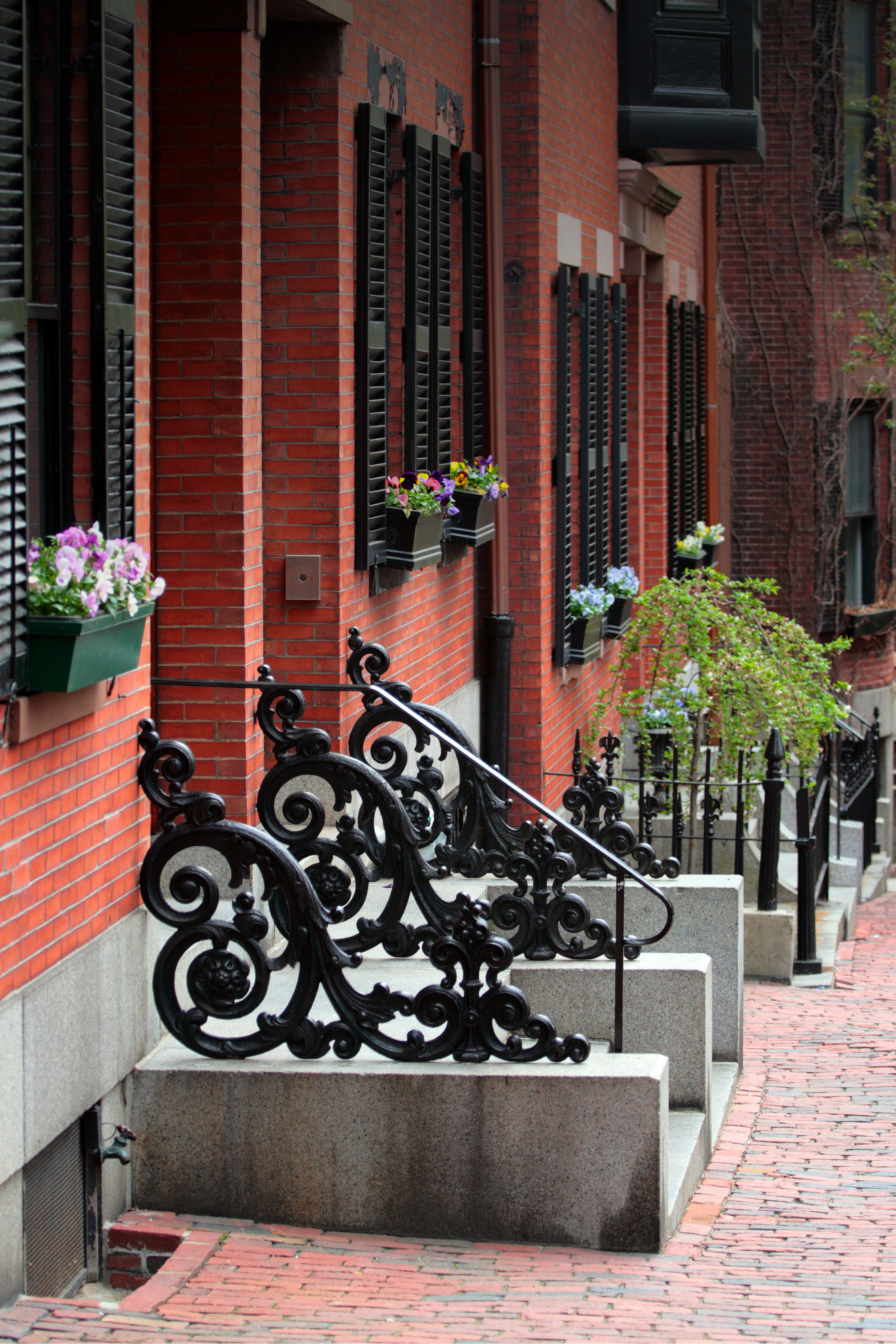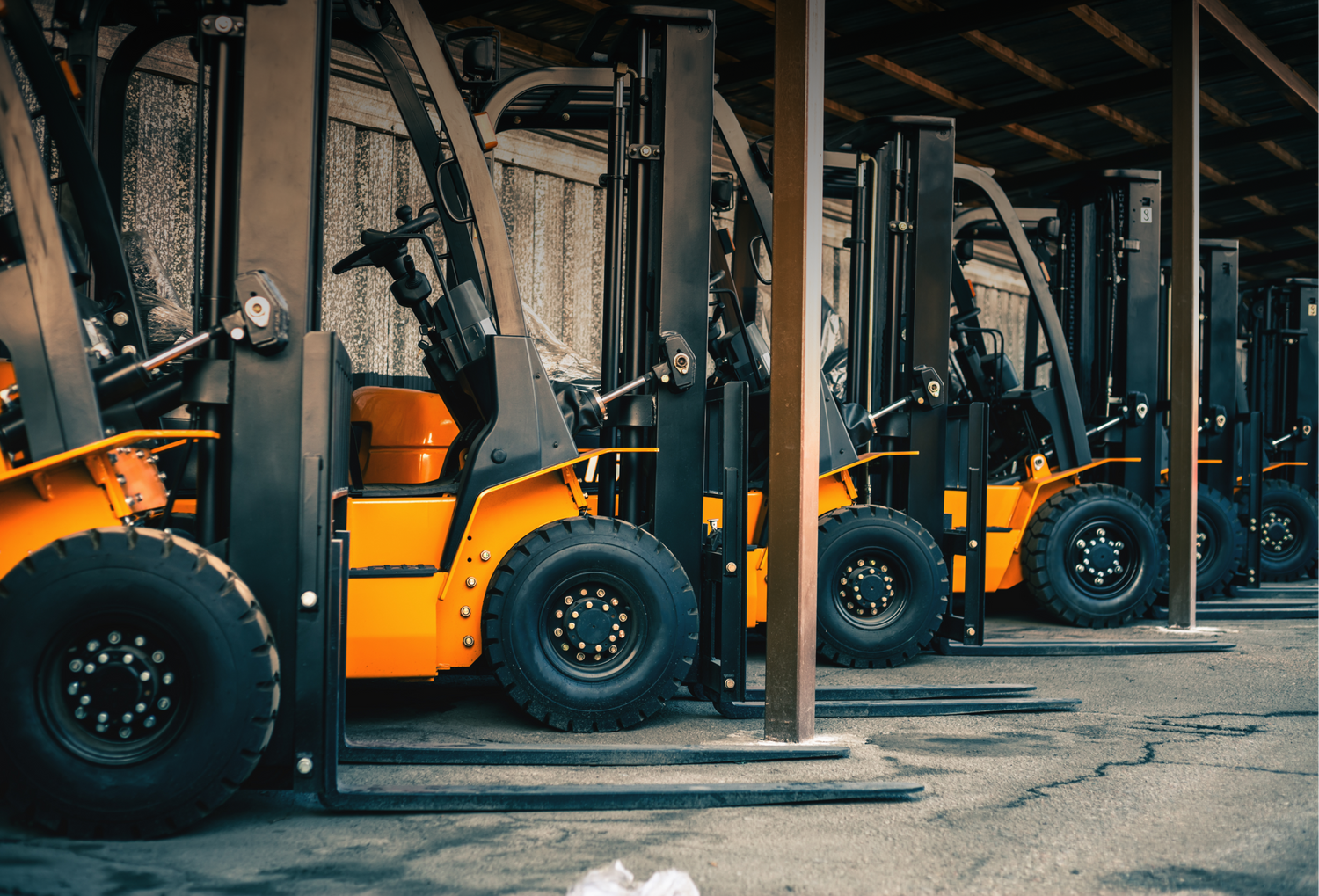A primer or epoxy primer creates a superior surface for the paint to stick well to the bare metal and promotes a quality finish. Paint will adhere much better to a surface with primer than to a car that hasn’t been primed.
Without a coat of primer as a buffer, the shiny and smooth car surface wouldn’t bond with the paint well. And this will result in peeling and cause rust as the moisture can sip in the gap between the peeled paint and the car.
As you know, sanding is to create scratches on the surface as “teeth” for the paint to stick on. Doesn’t it just sound like serving the same purpose as a primer? Both are just to improve the adhesion of the paint. What about sanding the primed surface to ultimately improve paint adhesion?
Should you sand the primed surface? Yes, you’re encouraged to sand down your car after the primer is fully cured. because applying multiple layers of primer can cause dips and you definitely don’t wish to see them in the final results. Use fine-grit sandpaper to remove the dips as you don’t want to sand the entire primer off, just smooth them out.
Can you paint over a primer without sanding? Yes, but you shouldn’t. Skimp on the sanding results in a rough finish and paint blemishes. However, there’re still some specially formulated epoxy primers are not meant to be sand. Read the manufacturer’s label to determine whether the primer needs to be sanded. Do it right so you can have a long-lasting result!








